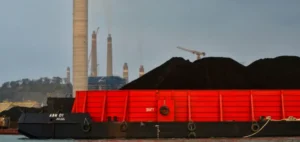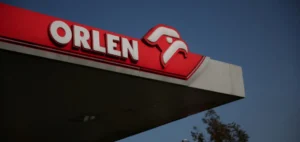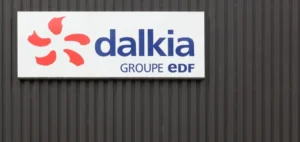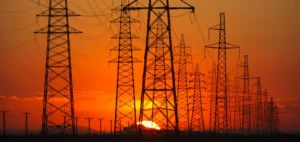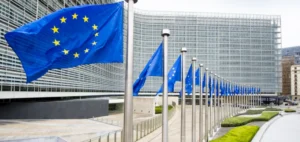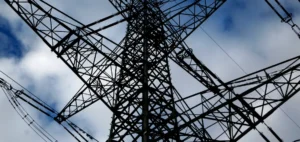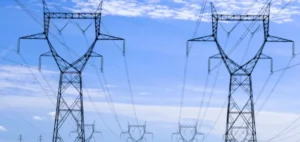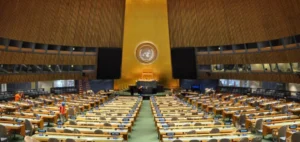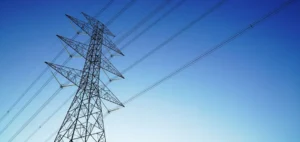Interconnection queues in the US East Coast electricity markets, covering the Mid-Atlantic and Northeast regions in particular, show a clear predominance of renewable energy and storage projects.
Current interconnection data from operators such as PJM Interconnection, New York Independent System Operator (NYISO) and ISO New England (ISO-NE) confirm this trend, with a significant increase in capacity planned for solar, wind and energy storage for the years 2024 and 2025.
Solar energy and storage at the forefront of projects
According to the latest data from PJM Interconnection, which manages one of the largest electricity markets in the United States, solar power accounts for the bulk of future projects.
Some 11,391 MW of solar capacity are expected to become operational in 2024, with a further 14,168 MW expected in 2025.
In addition, projects combining solar and storage, reaching 6,549 MW, illustrate the growing integration of storage technologies to stabilize production and meet demand.
Natural gas projects, on the other hand, reach just 204 MW over the next two years, showing limited interest in this energy source in this market.
Wind power, in particular offshore projects, is also progressing, with planned capacities of 540 MW for 2024 and 776 MW for 2025.
Onshore projects, meanwhile, amount to 1,518 MW of capacity.
States such as Virginia, Delaware and New Jersey concentrate the majority of these offshore wind developments.
Regional trends and comparisons
The NYISO, although smaller in size than PJM, is also seeing a domination of solar projects in its interconnection queues.
By 2025, 3,039 MW of solar projects and 1,696 MW of offshore wind projects are expected to come online.
The total capacity of self-storage projects in New York is also significant, with 1,764 MW planned over the next two years.
In the region covered by ISO New England, energy storage projects are expanding, with a total capacity of 2,372 MW expected for 2024 and 2025.
Solar projects, whether stand-alone or combined with batteries, also continue to grow, representing a total capacity of 1,450 MW for the same years.
In wind power, around 707 MW of onshore projects and 2,331 MW of offshore projects are scheduled to come on stream by the end of 2025.
Development prospects and potential obstacles
These trends reveal a clear shift in investment priorities for renewables and storage in the USA.
However, it is crucial to note that the interconnection data do not represent definitive commitments.
Many projects may suffer delays or not see the light of day due to financial, regulatory or infrastructure capacity constraints.
Renewable energy projects, especially those involving storage, require complex network and regulatory adjustments to ensure that intermittent generation is effectively integrated into existing networks.
Challenges related to transmission line capacity, construction costs and approval times can also influence the timing and viability of these projects.
As industry players strive to meet the growing demand for clean energy and the need to modernize electricity infrastructures, flexibility and innovation are becoming key criteria.
Long-term success will depend on the ability to optimize the energy mix while ensuring system reliability and economic efficiency.








